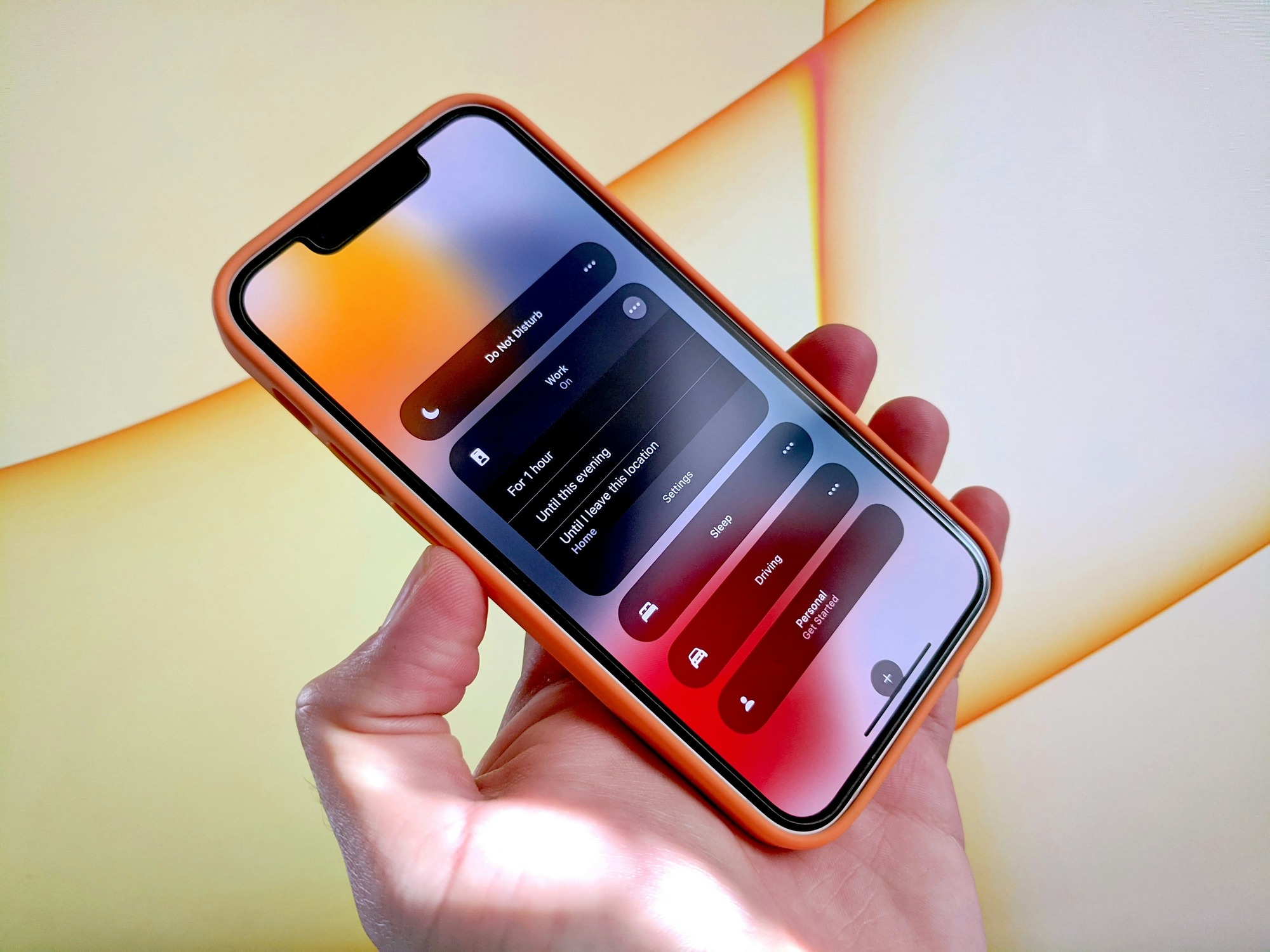
Technology has long been celebrated as a solution machine—faster, smarter, more efficient. It fixes what’s broken, streamlines what’s slow, and connects what’s far apart. But sometimes, what it’s fixing is a mess of its own making.
For all its innovations, tech has a habit of introducing brand-new problems while solving old ones. From social disconnection to algorithm-driven confusion, the cycle often goes like this: create, complicate, then clean up. The solution becomes the next issue, and the fix is yet another layer of technology.
So, what does this loop actually look like? Here are nine clear moments when technology swooped in to “solve” a dilemma it was responsible for in the first place.
Social Media Anxiety and the Rise of Digital Wellness Apps
Social media promised to connect people, but it also introduced comparison culture, digital burnout, and a craving for validation. As users began to feel the toll on their mental health, tech companies rolled out digital wellness tools: screen time limits, “take a break” reminders, and even detox-friendly app blockers. The irony? The very platforms fueling the anxiety are now offering solutions for it.
GPS Reliance and the Rebirth of Orientation Tools
Modern GPS navigation changed how people move through the world. But it also slowly eroded internal navigation skills. Over time, individuals became so reliant on turn-by-turn directions that even simple routes felt overwhelming without their phone. To address this, apps began including “familiar route” notifications and offline map features, effectively reintroducing old-school orientation with a new digital twist.
Email Overload and the Invention of Productivity Filters
Email transformed business communication, but it didn’t take long for inboxes to become overwhelming. People began drowning in notifications, spam, and reply-all chaos. In response, smart inboxes, filters, and productivity tools like “inbox zero” strategies were introduced. Technology essentially offered new tech to manage the excess noise it had created.
Online Shopping Addiction and Browser Blockers
E-commerce made it easier than ever to buy things instantly. That convenience led to impulsive spending, credit card debt, and shopping as a coping mechanism. Eventually, tools emerged to help users curb the very habits online shopping enabled: browser extensions that block spending websites, apps that track “no-buy” months, and features that delay purchases to encourage mindfulness.

Over-Connectivity and the Do Not Disturb Movement
Smartphones ensured that people were reachable at all times, but that expectation created a constant state of alertness and stress. As backlash grew against the always-on culture, features like “Focus Mode,” “Do Not Disturb,” and scheduled quiet hours became mainstream. In short, technology had to step in and offer a break from itself.
Identity Theft and the Explosion of Security Tools
Online accounts simplified everything from banking to shopping, but with them came increased risk of hacking, phishing, and identity theft. Suddenly, a simple password wasn’t enough. The result? A boom in password managers, biometric authentication, and two-factor verification. These extra layers exist primarily because digital life exposed people to new risks in the first place.
Content Overload and the Algorithm Apocalypse
Streaming platforms and social media feeds gave users infinite content at their fingertips. The downside? Decision paralysis and content fatigue. To address this, algorithms were deployed to “help” by curating what people see. But those same algorithms soon led to echo chambers, misinformation, and a loss of genuine discovery. The attempt to fix content overload only created new forms of digital manipulation.
Artificial Intelligence and the Threat of Job Loss—Managed by More AI
AI promised efficiency and reduced workload. But it also stirred fears of mass job displacement. In response, companies began using AI-powered upskilling platforms to train workers whose roles were threatened—an odd twist where artificial intelligence is both the disruptor and the proposed safety net.
Smart Home Convenience and the Privacy Panic
Smart speakers, cameras, and home automation systems offered unprecedented convenience. But they also sparked concerns about data collection, surveillance, and privacy breaches. In response, tech brands began marketing privacy-focused features, encrypted storage, and manual override settings. Essentially, the solution to privacy invasion became… more tech.
The Bigger Picture: A Loop with No Exit?
This cycle, create a tool, watch it cause friction, then design another tool to smooth things over, raises bigger questions about modern innovation. Is the tech industry solving real problems, or just the ones it helped usher in? In many cases, the solutions seem less like answers and more like patches for systems that were flawed from the start.
None of this means technology hasn’t been transformative or empowering. But it does suggest that innovation is most valuable when it anticipates long-term impact, not just immediate gains. When every “solution” eventually demands its own fix, users end up managing layers of complexity that didn’t need to exist in the first place.
Do you think technology is actually making life easier, or are we just stuck in a loop of fixing what tech keeps breaking?
Read More:
Pet-Friendly Technology: Top Products for Modern Pet Owners
QR Codes and Modern Technologies: How They’re Transforming Interactions









